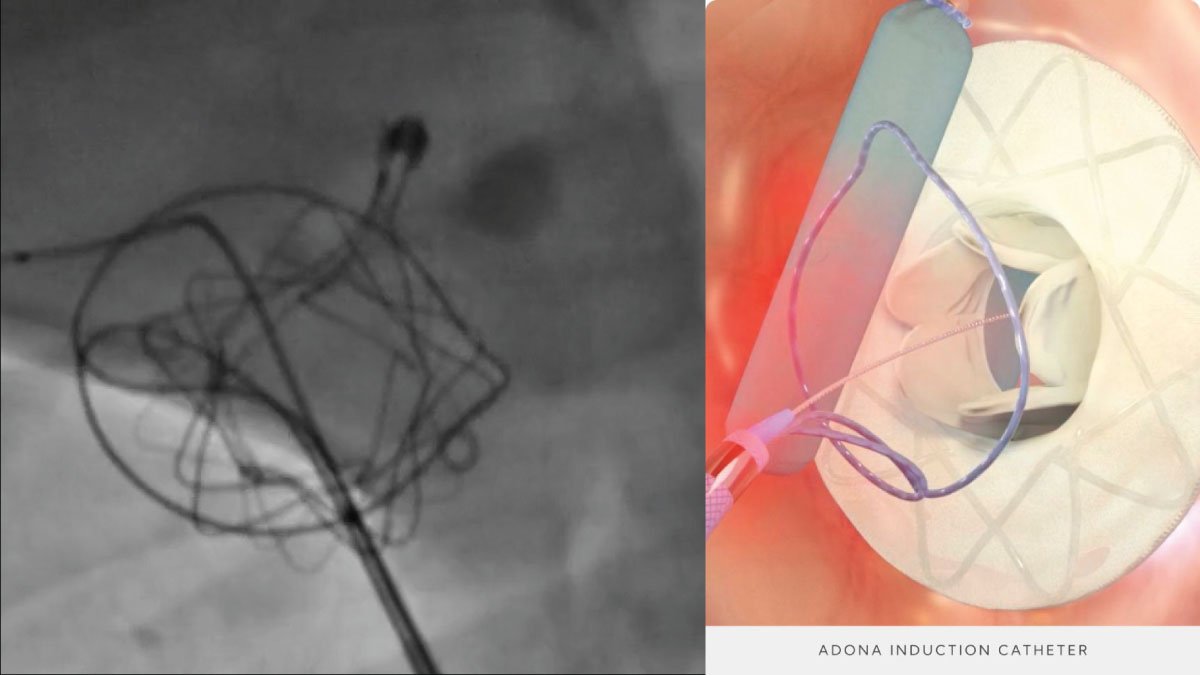Brain-Computer Interface Synchron in Groundbreaking Apple Vision Pro Integration

Synchron’s breakthrough integration of Apple Vision Pro with brain-computer interface represents a new era of neurotechnology and VR integration.
Synchronous Integration with Apple Vision Pro
In a major achievement, Synchron has successfully integrated a brain computer interface (BCI) with an Apple Vision Pro headset. This collaboration represents a leap forward in virtual reality (VR) and medical technology, providing new opportunities for patients suffering from neurological diseases. This technology allows users to control Vision Pro with their imagination, providing an unprecedented level of interaction and convenience.
Study and Application
The combination was tested on a patient with amyotrophic lateral sclerosis (ALS), a condition that causes muscle loss. The BCI, also known as the stentrode, was implanted into the patient’s brain, allowing them to control the Vision Pro headset using only their senses. The study showed that BCI can directly interpret brain signals to navigate a VR environment, showing the potential of the technology to improve the lives of people with severe disabilities.
Advantages of the Technology
The main advantage of this innovation is its ability to provide hands-free control of VR systems. This is especially useful for patients with diseases such as ALS, spinal cord injury, and other movement problems. By allowing these people to interact with digital environments without physical movement, this technology will open up new opportunities for communication, entertainment and rehabilitation.
In addition, the use of Apple’s Vision Pro, known for its advanced display and intuitive interface, improves the overall user experience. The combination of high-quality virtual reality and precise brain signal interpretation creates a clear and immersive environment, making the technology accessible to those who need it most.
Potential Applications in Medical Devices
In addition to VR applications, this technology has great potential in developing advanced medical devices. BCIs can be used to control limbs, use wheelchairs, or interact with smart home systems. The ability to use brain signals to properly control devices can improve the lives of people with mobility issues.
Additionally, integrating BCIs with medical imaging systems could allow patients to control imaging procedures or interact with diagnostic tools in real time. This could lead to more personalized and efficient medical care, as patients would have more direct involvement in their treatment processes.
Future Trends of Brain-Computer Interface
Looking ahead, the collaboration between Synchron and Apple could pave the way for further advancements in neurotechnology and VR integration. Future developments may focus on refining the accuracy and responsiveness of BCIs, expanding their applications, and making the technology more widely available.
We can also expect increased interest in combining BCIs with other wearable technologies, enhancing the capabilities of fitness trackers, smartwatches, and AR glasses. These innovations can usher in a new era of health and wellness, allowing people to monitor and control various aspects of their health simply by thinking.
Conclusion
Synchron’s successful use of Apple Vision Pro and brain-computer interface is a remarkable achievement that promises the future of medical technology and virtual reality. By validating the cognitive power of virtual reality environments, this innovation provides hope and new opportunities for people with neurological diseases and represents a major step in the integration of neurotechnology and consumer electronics.




















